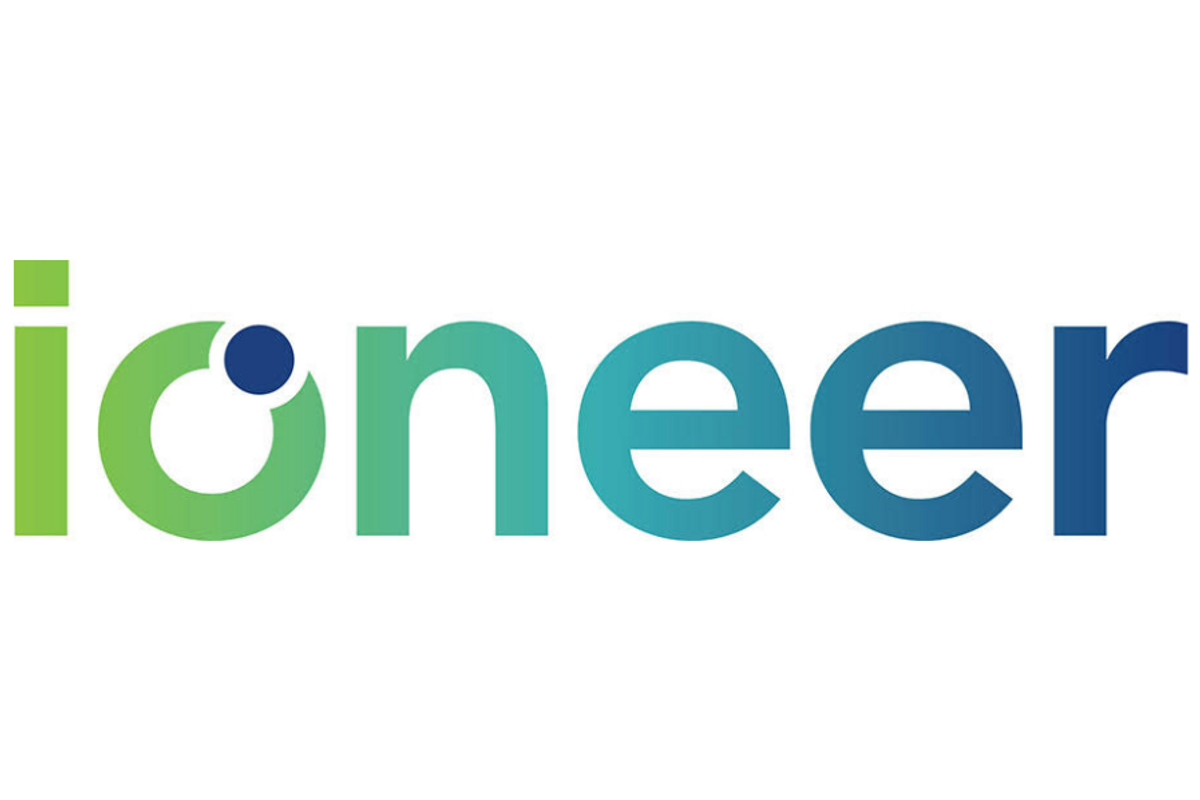The Conversation (0)


Ioneer Ltd (“Ioneer” or “the Company”) (ASX: INR, Nasdaq: IONR) has released its Quarterly Cash Flow Report.
Click here for the full ASX Release
This article includes content from Ioneer Ltd, licensed for the purpose of publishing on Investing News Australia. This article does not constitute financial product advice. It is your responsibility to perform proper due diligence before acting upon any information provided here. Please refer to our full disclaimer here.
Developing a Rare North American Lithium-Boron Deposit Crucial to Clean Technology